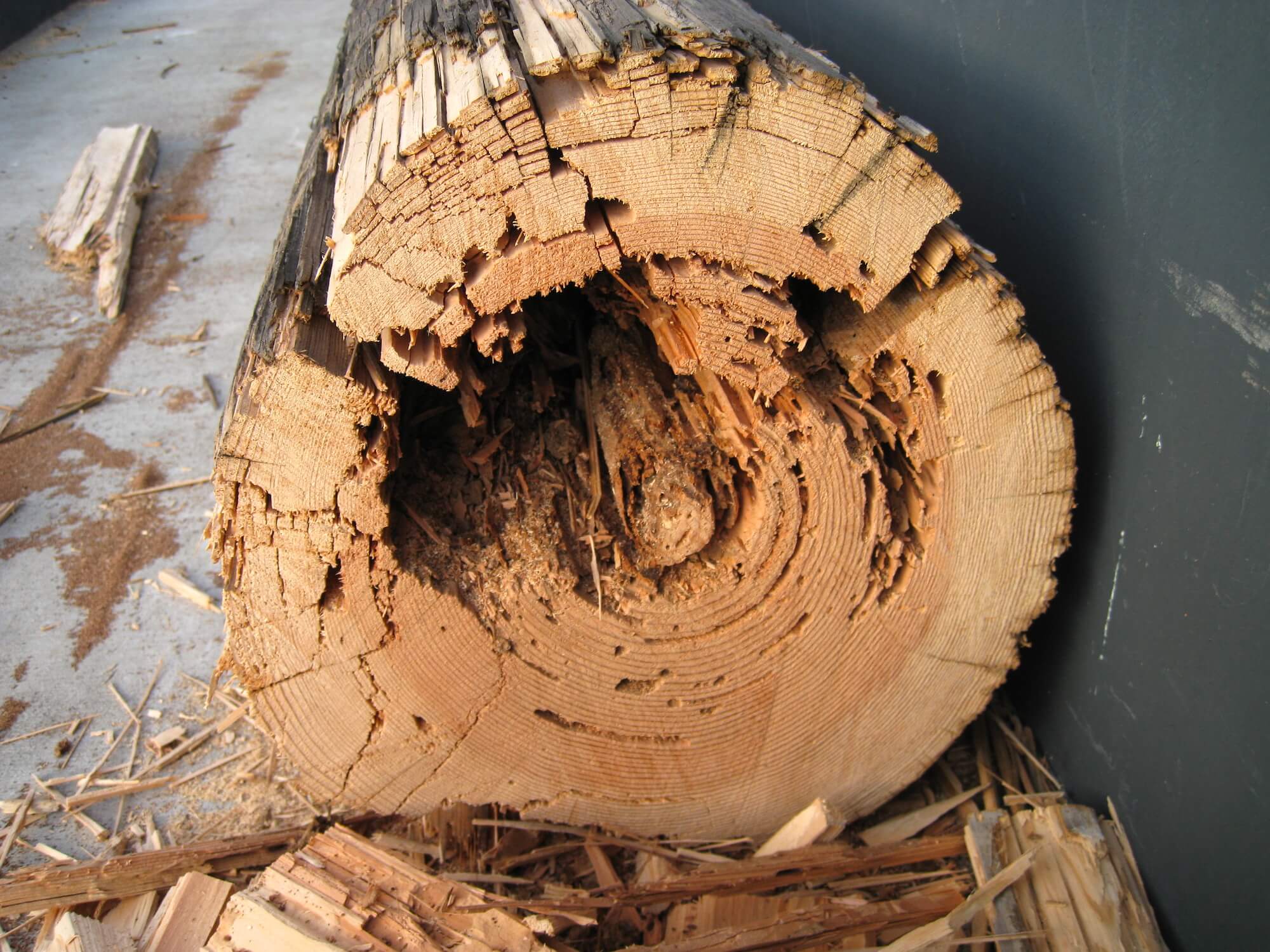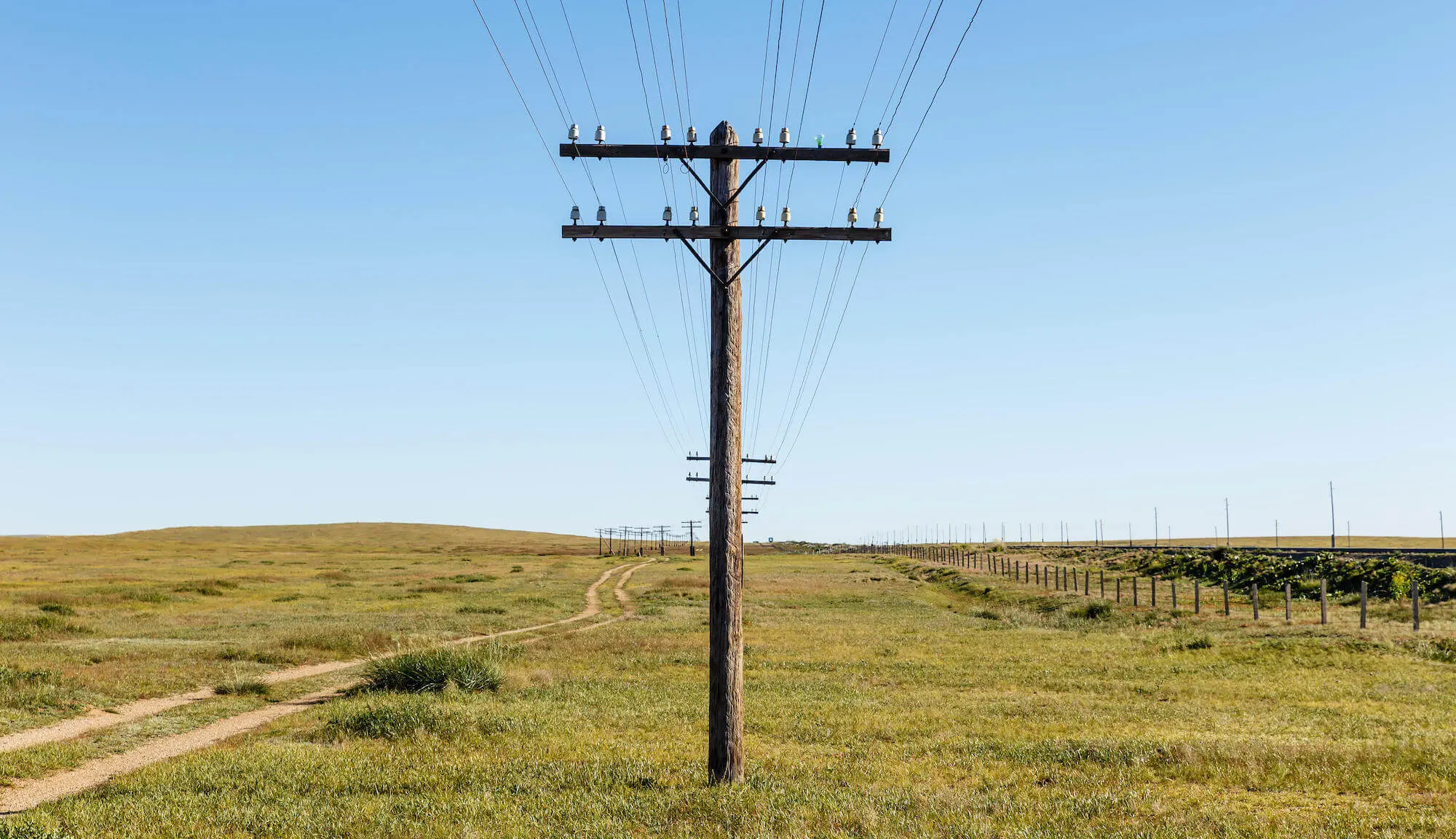By harnessing vast datasets from grid sensors, historical records, and weather forecasts, these cutting-edge technologies provide unparalleled capabilities to predict grid conditions, foresee equipment failures, and significantly boost overall grid performance.
Predictive analytics uses statistical methods plus algorithms to study current and past data to make future predictions. When applied to the energy sector, these tools can provide insights into grid performance, identify potential issues before they escalate, and optimise the operation of the grid. Machine learning, a subset of artificial intelligence, enhances this process by constantly learning from information, which continually builds on data accuracy over time.
Grid sensors collect a vast amount of data, including voltage levels, current flow, and power quality metrics. Machine learning algorithms process this data to forecast grid conditions with remarkable precision. For example, by analysing historical patterns and current sensor data, predictive models can estimate demand fluctuations and identify potential overloads or bottlenecks in the grid. This foresight allows grid operators to proactively manage load distribution, mitigating the risk of blackouts and ensuring a stable power supply.
A key benefit of predictive analytics in grid management is its capability to foresee equipment failures. Traditionally, maintenance has been reactive, addressing issues only after they arise. Predictive maintenance shifts this paradigm by using machine learning to analyse sensor data and detect early signs of equipment degradation. For instance, unusual temperature readings or vibrations in transformers can indicate impending failures. By addressing these issues proactively, utilities can prevent costly outages and extend the lifespan of critical infrastructure.
Machine learning algorithms also play a crucial role in optimising grid operations. By analysing weather forecasts, these algorithms can predict the effect of environmental conditions on energy generation and usage.


For instance, the integration of solar and wind power into the grid is highly dependent on weather conditions. Predictive models can estimate energy production from these sources, enabling grid operators to manage supply and demand more efficiently. This optimisation decreases the dependence on fossil fuels, reduces operational costs, and improves the sustainability of the energy grid.
Hawaiian Electric Company (HECO) exemplifies the successful application of predictive analytics and machine learning in addressing grid reliability challenges. Due to its remote location, HECO’s grid is more vulnerable to extreme weather events such as hurricanes and tropical storms, which can cause significant disruptions. To combat these challenges, HECO has invested heavily in smart grid technologies, including advanced sensors and control algorithms.
By leveraging predictive analytics, HECO monitors real-time grid conditions and forecasts potential disruptions. For example, machine learning models analyse weather data to predict the impact of storms on the grid, enabling HECO to implement pre-emptive measures such as redistributing loads and pre-positioning repair crews. Additionally, predictive maintenance practices have been adopted to identify and address equipment issues before they lead to failures, thereby improving grid reliability and reducing downtime.
The integration of predictive analytics and machine learning into grid management is a game-changer for the energy sector. These technologies enable utilities to anticipate and mitigate potential issues, optimise operations, and enhance overall grid reliability. HECO’s proactive approach to leveraging these tools highlights the transformative potential of advanced analytics in addressing the unique challenges faced by modern power grids. As these technologies continue to evolve, their impact on grid reliability and performance is set to grow, paving the way for a more resilient and efficient energy future.
Polesaver is a leading manufacturer of wood pole life extension products and works with utilities globally. Get in touch to see how Polesaver can help support grid reliability
Data sources:
https://www.hawaiianelectric.com/clean-energy-hawaii/grid-modernization-technologies


